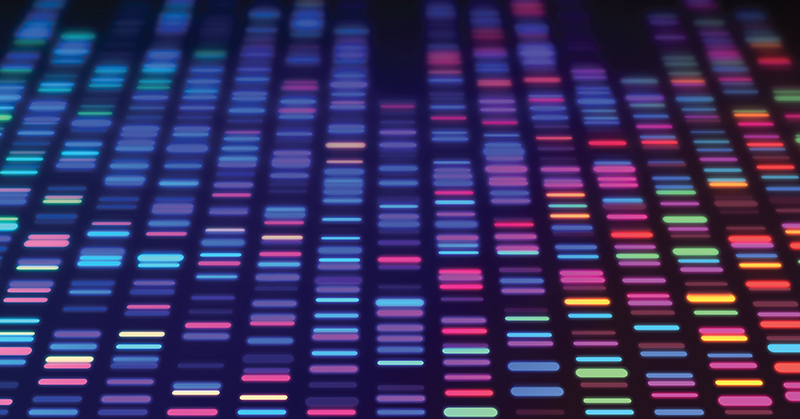
Researchers funded by the National Institutes of Health have linked a series of malformations in stillborn infants to copy number variants—lengths of DNA in which hereditary material is either duplicated or deleted. The findings could lead to ways to predict the risk of stillbirth, provide information for parental counseling, and guide the care of pregnancies.
The study was conducted by Tsegaselassie Workalemahu, Ph.D., of the University of Utah Health, and colleagues. It appears in the British Journal of Obstetrics and Gynaecology. NIH funding was provided by the Eunice Kennedy Shriver National Institute of Child Health and Human Development.
Background
An earlier study suggested that physical (structural) malformations affect 2 to 3% of fetuses and account for 20 to 30% of deaths before, during, or after birth. Other studies indicate that such malformations are likely involved in 9.5% of stillbirths. Known genetic abnormalities, like those resulting from an extra chromosome, account for another 13.7% of stillbirths. However, it is not known the extent to which malformations are influenced by copy number variants.
For insight on whether copy number variants are associated with malformations in stillbirth, researchers analyzed data from a previous study, which catalogued structural malformations in 434 stillbirth cases and examined their DNA for copy number variants. Researchers compared normal and abnormal copy number variants to structural malformations that occurred in stillbirths.
Results
The proportion of abnormal copy number variants was higher in stillbirth cases with malformations, compared to those without malformations (47.5% versus 19.1%). Abnormal copy number variants were most commonly associated with malformations involving the heart, with hydrops (accumulation of fluid in two or more body areas), malformations of the face and skull, and malformations of the skeleton.
Significance
Several copy number variants were associated with fetal structural malformations and warrant further investigation, the authors concluded. The study data have the potential to improve understanding of disorders affecting fetal development. It may also be helpful for counseling parents and in the care of pregnancies with structural malformations.
Reference
Workalemahu, T, et al. Copy number variants and fetal structural abnormalities in stillborn fetuses: A secondary analysis of the Stillbirth Collaborative Research Network study. British Journal of Obstetrics and Gynaecology. 2023.
 BACK TO TOP
BACK TO TOP